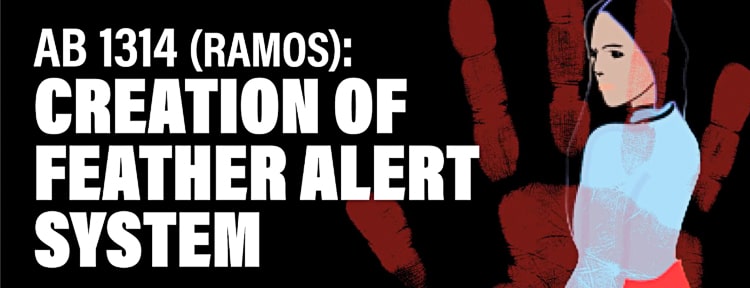RIVERSIDE (CNS) – New Year’s Day will mark the advent of a bevy of new laws impacting Inland Empire motorists and pedestrians, as well as those statewide, with provisions that increase charges for killing someone during a speed contest, require drivers to grant buffer space to bicyclists, relax jaywalking regulations and expand use of the emergency alert system to catch hit-and-run suspects.
As of Jan. 1, under Senate Bill 1472, the element of “gross negligence” can now be added to a charge of vehicular manslaughter when it involves a defendant who accelerated to 100 mph or more on any public roadway and caused a deadly crash, or a defendant who caused the death of a pedestrian, passenger, spectator or another driver during a “sideshow.”
Sideshows entail street stunts in which parties perform “doughnuts,” or high-speed circles, burn-outs and other risky maneuvers. According to the California Highway Patrol, in 2021, CHP officers were sent to investigate nearly 6,000 such incidents, resulting in 87 arrests and 2,500 citations.
Another new law, Assembly Bill 2000, makes it illegal to engage in speed contests, sideshows or other non-permitted traffic exhibitions in parking lots and off-street parking facilities.
AB 1909 requires motorists to slow down and, whenever possible, move over one lane when encountering a bicyclist headed in the same direction on any public right-of-way. If a lane is unavailable to ensure buffer space for the bicyclist, AB 1909 requires that the driver reduce speed and trail the rider until it is safe to go around him or her without creating a hazard.
AB 2147 grants wide leeway for pedestrians to cross roadways at their discretion, “using due care for their safety” and not acting in a way that a “reasonably careful person would (recognize as creating) an immediate danger of a collision with a moving vehicle or other device.”
The new law explicitly prohibits a law enforcement officer from citing a person exclusively for crossing outside a marked crosswalk, or where none exists, crossing against a red flashing, or “Don’t Walk,” signal, or strolling within a bicycle path. However, the law makes plain that “no pedestrian may suddenly leave a curb or other place of safety and walk or run into the path of a vehicle that is so close as to constitute an immediate hazard.”
Starting the first week of 2023, two new laws will enable law enforcement to broaden utilization of the state’s Emergency Alert System.
AB 1732 establishes the “Yellow Alert System,” providing law enforcement agencies the means to activate alerts in specific geographic locations when there has been a fatal hit-and-run.
Peace officers can disseminate information related to suspect descriptions, license plate details, make, model and color of vehicles, as well as any other pertinent clues, which can be published by media outlets, via freeway electronic messaging signs, web portals or any other publicly accessible resources.
AB 1314 provides further expansion of the EAS by creating a “Feather Alert,” which focuses entirely on disappearances involving Native Americans within California. There are 109 federally recognized tribes in the Golden State, though not all of them have reservations. There are 15 established tribes with territories based in Riverside and San Bernardino counties.
“As California has the largest population of Native Americans out of any state in the U.S., the Legislature intends to address the crisis of missing and murdered indigenous people to ensure that it is a priority at every level,” according to the new law. Under it, Feather Alerts will function like Amber Alerts, authorizing law enforcement agencies in specific geographic areas to activate notifications intended to raise public awareness about a missing Native American resident.



I like this weblog it’s a master piece! Glad I
found this ohttps://69v.topn google.Leadership
Your article helped me a lot, is there any more related content? Thanks!
Your article helped me a lot, is there any more related content? Thanks!
I don’t think the title of your article matches the content lol. Just kidding, mainly because I had some doubts after reading the article.